The Genome Sequencing Process
The process of sequencing a genetic sample can often feel like a confusing and fragmented process, with each individual step being performed by different vendors before finally ending up with a sequenced genome. In fact, it was our frustration with having to go through this overly complex, expensive, and time-consuming process just to get a sample sequenced that led us to create The Sequencing Center. And it turns out we aren’t alone in that frustration.
Our core belief is that our clients should be able to send us a sample and receive all necessary sequencing services from us for one affordable price. For veterans in the sequencing industry, you are probably familiar with the common sequencing phases. But for those of you coming to us for the first time wondering what we can offer you, we hope this blog will detail out how we process your samples and ensure quality control throughout each phase.
Sample Preparation
While some clients initially send us purified DNA, we are also capable of DNA extraction in-house and included as part of the sample preparation phase if needed. Once a sample has been packaged and sent to us following our submission guidelines, we are able to take the tissue, blood, or microbe and use specialized kits to extract the DNA. The procedure to extract this purified DNA involves lysing the cell (breaking it apart into component parts) with various enzymes and then running it through a fast, silica-based DNA purification spin-column centrifuge. The resulting DNA is then washed and eluted, which leaves you with DNA that is ready for library preparation. In order to ensure enough DNA is present for proper sequencing, the DNA is run through a device called a Qubit Fluorometer as an important quality control checkpoint.
Library Preparation
Using the purified DNA, we then can amplify the amount of DNA available for sequencing using a method called Polymerase Chain Reaction (PCR) that effectively clones the DNA hundreds of thousands of times or more based on protocol, quality of DNA purification and so forth. Once the DNA has been amplified, it is then sheared apart using special enzymes that cut the DNA into smaller sections of only several hundred base pairs each, and then they are given adaptors, indexed and bound to a device called a “flow cell.” Once on the flow cells, individual nucleotides that have been tagged with a fluorescent dye are passed, one nucleotide type at a time, across the flow cells, allowing them to attach to their opposite until each segment of DNA has been filled out. The samples are then taken to the tapestation, where they are analyzed to determine the length of the DNA segments and their distribution. After another quality check using the Qubit Fluorometer, the samples are ready to be sequenced.
Genome Sequencing
After the sample has gone through the sample prep and library prep stages, it is then passed through our Illumina MiniSeq machine that can image the fluorescent tags applied in the library prep stage. Because each nucleobase only pairs with its opposite, both sides of the DNA can be recorded even though only the fluorescent side can be seen. Sequencing in this way enables us to sequence whole genomes, targeted genomes, HLA-typing, and more. Our sequencing services support most types of biological samples including bacterial, viral, single cell, yeast, and bacteriophage.
Bioinformatics
Every project we run includes all the raw data, FASTQ (aligned genomes), FASTQC (alignment quality check), and variant analysis (typically an .xlsx file showing the SNPs). It’s in this way we are able to provide our clients with the data they need as well as transparency in tracking quality control throughout the process. All of the data is stored on a secure cloud server so our clients can safely download all bioinformatics without it getting lost in email attachments or misplaced USB drives.
We hope this has provided some insight into our laboratory processes and a clearer understanding of what happens to your sample once it arrives. As always, we’re more than happy to answer any questions you may have about our services and process, so feel free to contact us with inquiries.

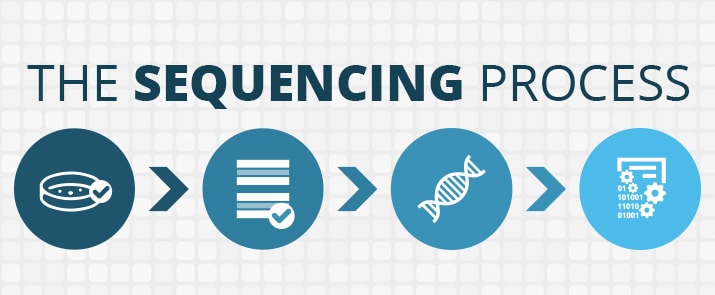
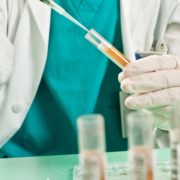
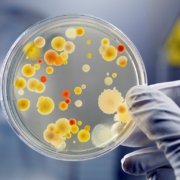
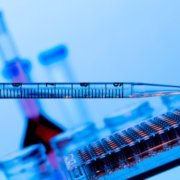
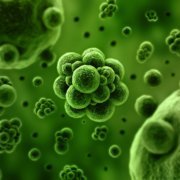

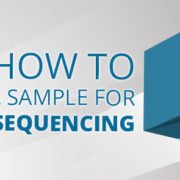


Leave a Reply
Want to join the discussion?Feel free to contribute!